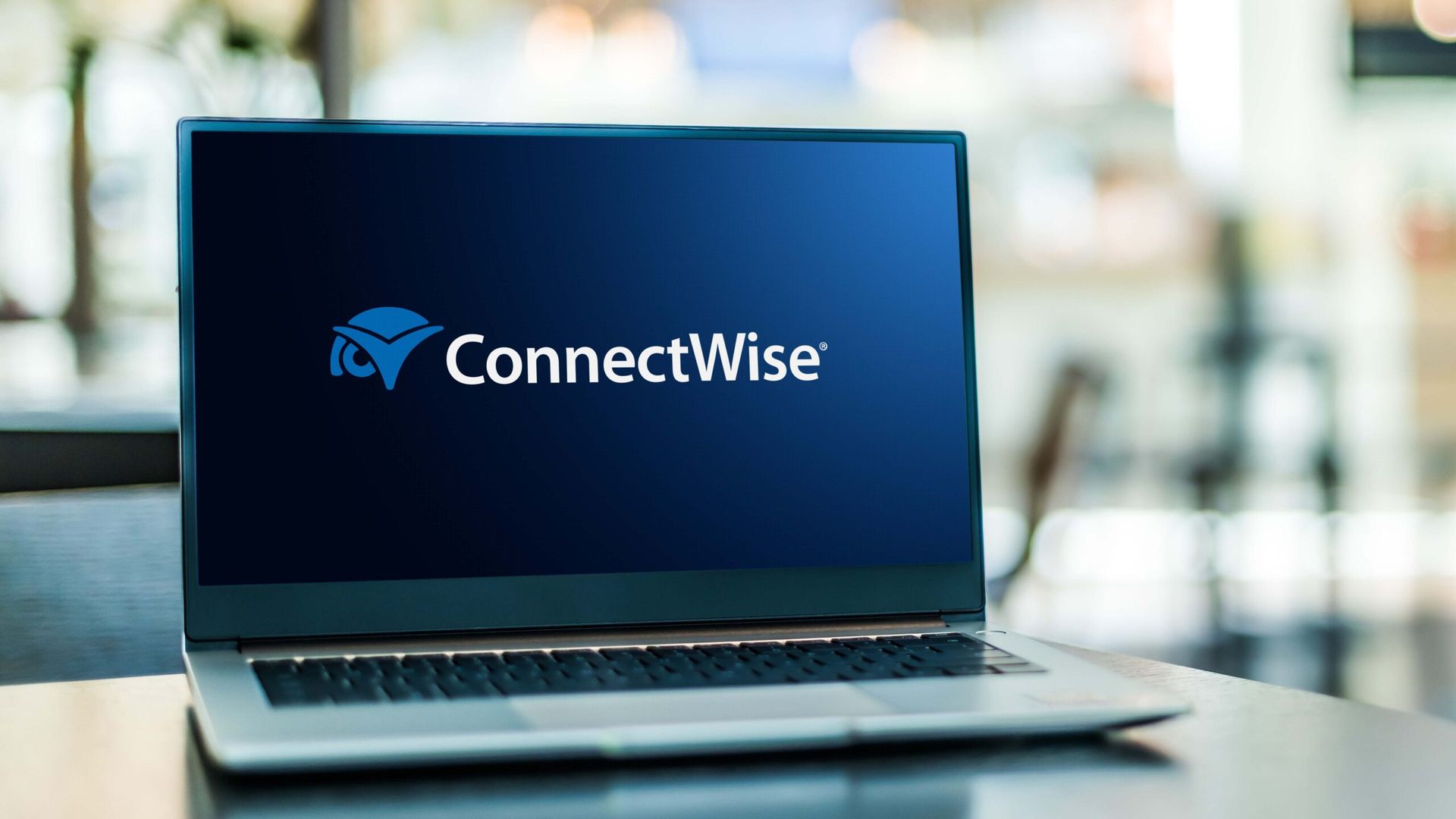The ubiquity of cloud infrastructure coupled with reliable broadband paved the way for cloud backup and disaster recovery (BDR) services. But cloud-based BDR also introduces some practical dilemmas.

For one, data that exists in the cloud is typically sitting on the cloud provider's server, leaving it open to risks from accidental or intentional deletion to ransomware attacks and account closures that are beyond the control of MSPs and their customers.
Australian-based backup provider BackupAssist is seeking to solve those problems with its new BackupAssist 365 solution, which is now generally available. The company has provided Windows server backup capabilities for more than a decade. Particularly, on-premises solutions. But as founder and CEO Linus Chang points out, the company has seen that market segment weaken as cloud services gain momentum.
“For the last 15 years we’ve been doing on-prem data backup and we know for many small businesses that have been doing their backup in the cloud the relevance of doing backup on premises is in decline,” Chang says.
On-premises backup can create an extra layer of security for companies, especially those that need to satisfy compliance needs. But as Chang points out, most organizations -- especially SMBs -- seem to have forgotten the cardinal “3-2-1 Rule” of backup, wherein three physical copies were kept, two media or device copies were kept, and one copy was kept off-site.
According to Chang, the typical SMB has data scattered across multiple online locations like Microsoft Azure and Office 365; Google Cloud Platform (GCP) and G Suite; Amazon Web Services (AWS), and file sharing services like Dropbox or Box. Each of those locations has their own backup policy, and sometimes they have no policy at all. “That makes it difficult for an MSP to provide assurance to their client that, should the worst happen, they’ll be covered,” he says.
A Potential Solution
Enter BackupAssist 365. The cloud-to-local system is designed to address many of the security issues of cloud computing that can put companies at risk of business disruption or violating GDPR (General Data Protection Regulation) and other compliance mandates.
The solution provides backups of cloud data in non-proprietary data formats, ensuring customers maintain control of their data while still utilizing the benefits of cloud storage for primary operations.
The solution is designed so as not to cause disruptions, with Chang saying “Our customers won’t even notice any limitations or slowdowns because you’re only transferring the changes since the last backup.”
Additional features include:
Regulations and Compliance
One of the major benefits of this solution, according to Chang, is that it insures companies meet their local compliance requirements. For example, a company may need to keep their data on U.S. servers to comply with local laws, but if their backup provider decides to move the information to European servers they could be found in violation.
“This software sits on the customer’s machine,” Chang said. “We as a software company never get to see that machine. We don’t know what it is. We don’t want to know. It means the customer doesn’t need to worry about whether we’re compliant with the laws because the data only sits on their machine.”
The solution is general available as of September 18. To promote the service, the company is giving it away for free to MSP partners for the first 60 days and integrating it into its MSP portal.
The company launched its North American MSP partner program in June 2017 and its CryptoSafeGuard ransomware protection in August of the same year.




